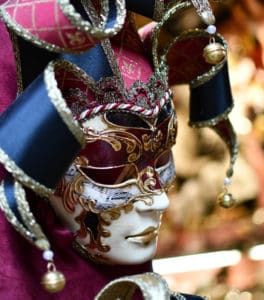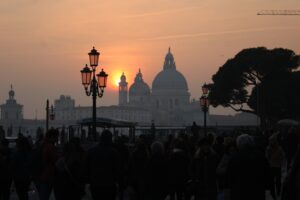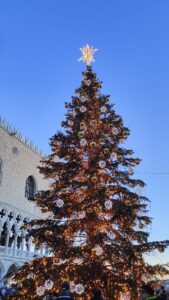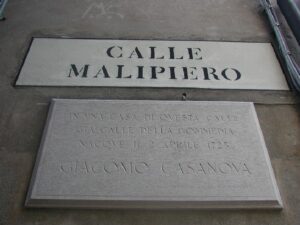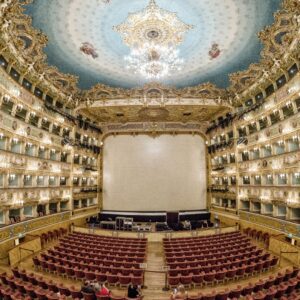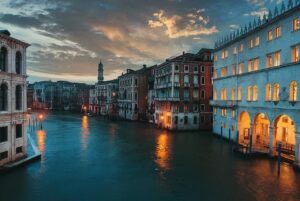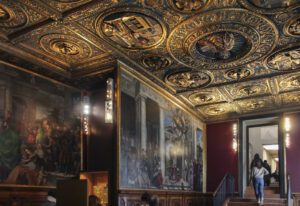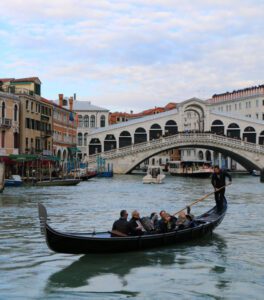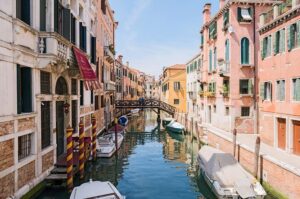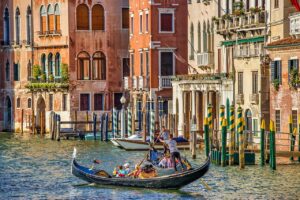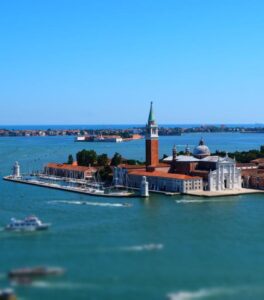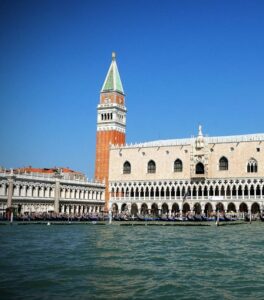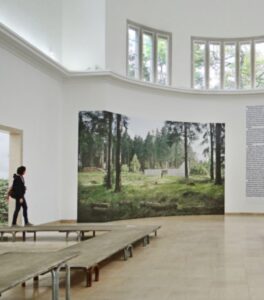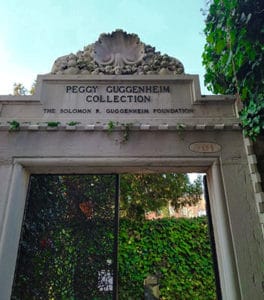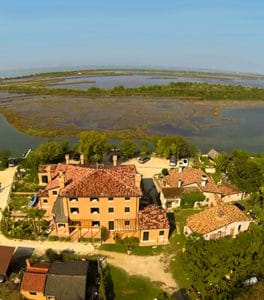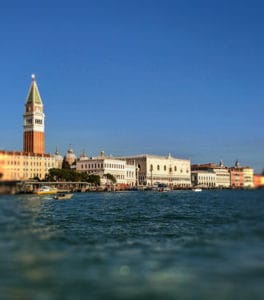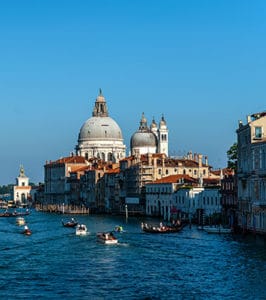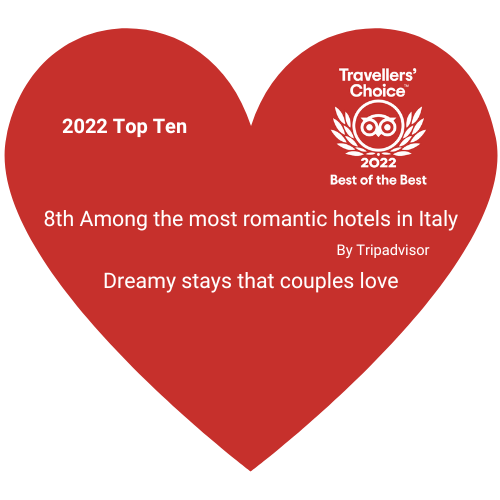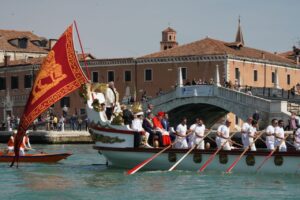
On paintings, Venice is always represented as a young, beautiful woman, and tradition wants her to be married with the sea. In fact, among the numerous festivals Venice has during the year, there’s a specific event recalling this marriage – the Festa della Sensa, also known as The Marriage of the Sea.
We mentioned the Festa della Sensa in our blog post about all the Venice events you can’t miss, but to find out more about this important celebration, we need to dig a little bit more into its history, starting with the meaning of its name.
What does Festa della Sensa mean?
In Venetian dialect, the word “Sensa” means Assumption. In fact, the festival takes place on the day of Jesus’s Assumption, which is always 40 days after Easter.
In the past, the celebration commemorated two important events for the Republic of Venice – the positive intervention of Doge Pietro II Orseolo against Slavs, who were threatening Dalmatian people, and the signing of the Treaty of Venice by Doge Sebastiano Ziani, Pope Alexander III, and the Holy Roman Emperor, and Frederick Barbarossa.
How does the marriage of the sea work?
The Marriage of the Sea ceremony is performed every year in the Venetian lagoon, even if the Serenissima Republic doesn’t exist anymore. It’s a ritual Venetians really love because the relationship between the city and sea is eternal – after all Venice is built on water, isn’t it?
But let’s see how this celebration works: the Doge in charge had to drop a consecrated ring into the sea, while pronouncing a phrase in Latin, which was “Desponsamus te, mare, in signum veri perpetuique domini” (“We wed thee, sea, as a sign of true and everlasting domination”[3]). In this way, Venice was officially consecrated to the sea, becoming one with it.
The programme of the Sensa Festival in Venice
To be fair, the Sensa festival is celebrated over two days and not just one, which this year fall on 11 and 12 May 2024.
On 11 May, the appointment is at Lido a San Nicolò with the traditional Sensa market and historical re-enactments.
On 12 May, on the other hand, the rendezvous is at 9 a.m. in St Mark’s Basin, where the boats for the celebration will assemble. At 10.00 a.m. the Corteo della Sensa will set off in the direction of Venice Lido and at 10.40 a.m. there will be the ceremony of the Marriage of the Sea, then at 11.00 a.m. there will be a singing performance by the Coro Serenissima at the Church of San Niccolò on the Lido.
To conclude the festivities, there will be a solemn mass at the same church from 11.15 am.
During the day of 12 May, there will also be side events: in the morning, a walk by the Nordic Walking Venezia Serenissima Association, and in the afternoon, a concert by The Pixel at the Blue Moon beach.

